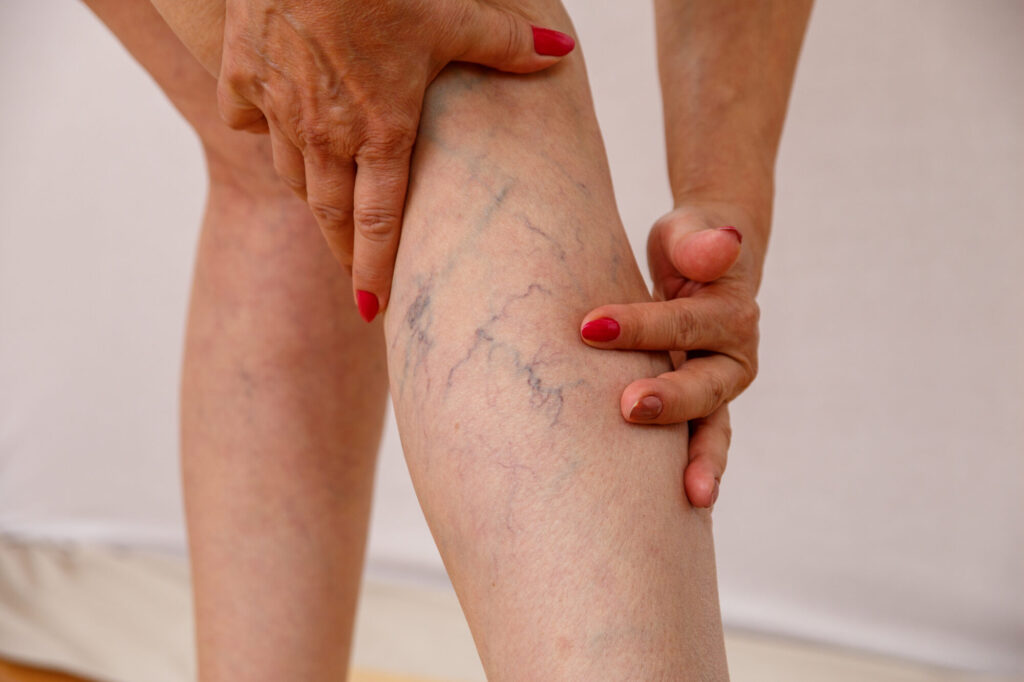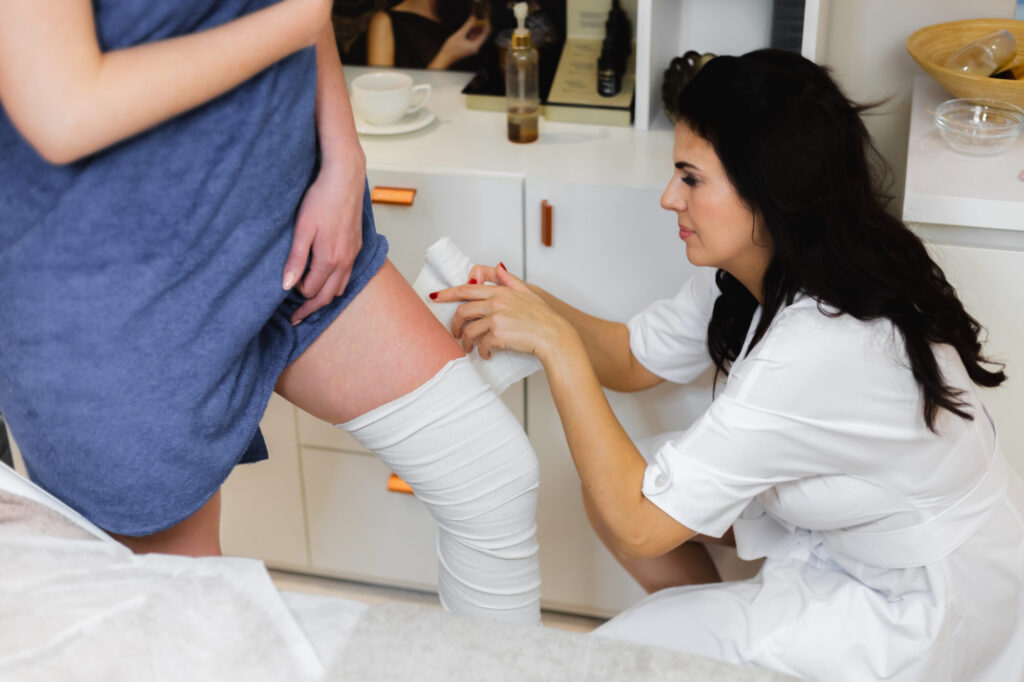
Chronic Venous Insufficiency – Statistics
According to Statistics Poland (GUS), chronic venous insufficiency (CVI) is one of the most common cardiovascular conditions in the country. It is estimated that CVI affects 40–60% of women and 15–30% of men. Moreover, the prevalence of varicose veins increases with age. Symptoms appear in as many as one in five individuals under the age of thirty. More than half of middle-aged men and nearly 70% of women in the same age group report symptoms associated with the condition. This figure rises to 80% in people over the age of 60 [3]. Chronic venous insufficiency usually begins subtly. In the initial stage, small dilated intradermal and subdermal venous networks, commonly referred to as “spider veins,” may appear—typically around the ankles and in other areas of the lower limbs. Over time, persistent pathological changes develop in the subcutaneous tissue and skin. Abnormal venous outflow leads to the leakage of protein-rich fluid into the surrounding tissues, resulting in edema and an increased risk of thrombosis [4].







